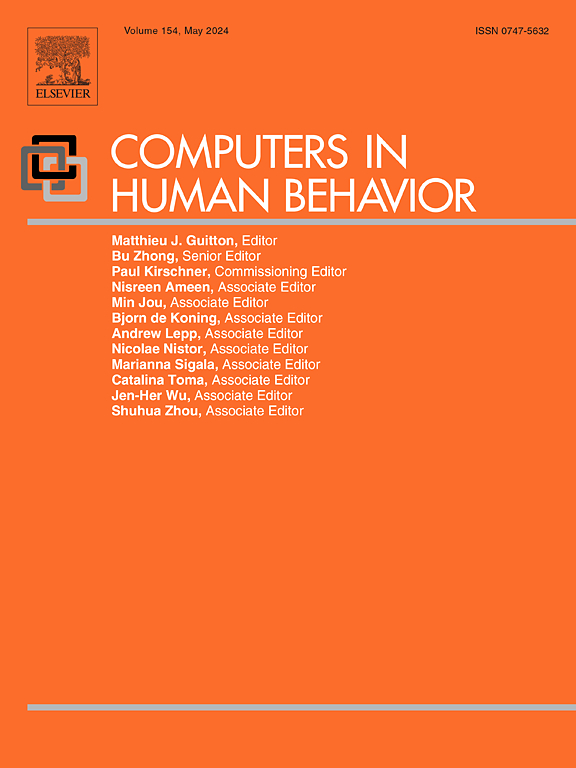Worldwide connections of influencers who promote e-cigarettes on Instagram and TikTok: A social network analysis
IF 9
1区 心理学
Q1 PSYCHOLOGY, EXPERIMENTAL
引用次数: 0
Abstract
Exposure to e-cigarette marketing on social media is a risk factor for e-cigarette use among youth. Tobacco brands use influencers to promote e-cigarettes on social media; however, influencer marketing has not been sufficiently studied. This study explored network connections and interactions through comments on social media posts between global nano- and micro-influencers (influencers with approximately 1,000 to 100,000 followers) and their audiences on Instagram and TikTok. We constructed directed unipartite networks among Instagram (N = 104) and TikTok (N = 100) influencers and users on Instagram (N = 55,622) and TikTok (N = 68,673) who commented on these influencers' posts in 2021–2022 (including influencers who commented on each other's posts). Comments to posts of users who were not classified as influencers were not collected. The Instagram network was denser (more interconnected) and more active compared to the TikTok network (1.48 times as high density, 281 times as high transitivity, and 86 times as high reciprocity). Both Instagram and TikTok networks contained heterophilic ties (i.e., influencers from different geographic regions such as Asia, North America and Europe connected to each other), indicating that influencers from different geographic regions engage with (comment on) each other's content, potentially exposing audiences to a wide variety of e-cigarette content. Influencers who promote e-cigarettes and post about lifestyle topics (e.g., fitness, fashion, gaming) occupy more central positions in the Instagram and TikTok networks than influencers who focus primarily on e-cigarette promotion, potentially exposing users who are not interested in tobacco-related content to harmful imagery of e-cigarettes. The findings emphasize the need for strengthening influencer marketing regulation on social media platforms popular among youth.

求助全文
约1分钟内获得全文
求助全文
来源期刊

Computers in Human Behavior
Multiple-
CiteScore
19.10
自引率
4.00%
发文量
381
审稿时长
40 days
期刊介绍:
Computers in Human Behavior is a scholarly journal that explores the psychological aspects of computer use. It covers original theoretical works, research reports, literature reviews, and software and book reviews. The journal examines both the use of computers in psychology, psychiatry, and related fields, and the psychological impact of computer use on individuals, groups, and society. Articles discuss topics such as professional practice, training, research, human development, learning, cognition, personality, and social interactions. It focuses on human interactions with computers, considering the computer as a medium through which human behaviors are shaped and expressed. Professionals interested in the psychological aspects of computer use will find this journal valuable, even with limited knowledge of computers.
 求助内容:
求助内容: 应助结果提醒方式:
应助结果提醒方式:


